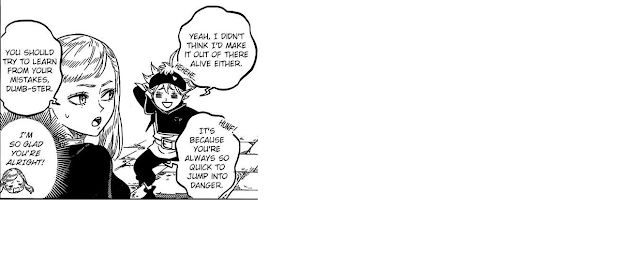Tsundere:
 A person who initially starts out as cold and hostile but gradually warms up to the other person. This person is often embarrassed of their feelings and whose actions are a reflection of their inner struggle with pride and love. They may do something nice but then disguise it as a coincidence or make up some other motive to hide their feelings. Generally have loud and assertive personalities. Comes from "Tsun-Tsun" which means 'to act high and mighty" (i.e. Asuka Soryu, Kirisaki Chitoge, Aisaka Taiga, Tohsaka Rin)
A person who initially starts out as cold and hostile but gradually warms up to the other person. This person is often embarrassed of their feelings and whose actions are a reflection of their inner struggle with pride and love. They may do something nice but then disguise it as a coincidence or make up some other motive to hide their feelings. Generally have loud and assertive personalities. Comes from "Tsun-Tsun" which means 'to act high and mighty" (i.e. Asuka Soryu, Kirisaki Chitoge, Aisaka Taiga, Tohsaka Rin)Yandere: Although initially nice and sweet, their love quickly turns obsessive and often times violent. These characters are often mentally unstable and have a strong possessive and controlling desire especially when they feel threatened by a love interest. Comes from "yanderu" meaning 'to be sick'. (i.e. Gasai Yuno)
Deredere: Someone who is lovey-dovey in front of their love interest and has no hesitation when expressing their affections. (i.e. Tachibana Marika)
Kuudere: A "cool" character who can sometimes be described as "emotionless", "stoic", or "impartial"; whose true feelings for their love interest are hard to detect at best. A kuudere is very calm and collected and rarely expresses their emotions. Oftentimes, they are shown being unaware of the feeling of love. Comes from the Japanese pronunciation of the English word "cool" (Mashiro Shiina, Ayanami Rei).
Dandere: An incredibly shy or antisocial character whose disposition is somewhat similar to that of the Kuudere, but whose silent and distant nature is attributed to their shyness. This shyness and tendency towards isolation often changes once they become closer to their love interest/friends. Comes from "danmari", meaning "silent". (i.e. Isla, Angel, Hyuuga Hinata)
Mayadere: starts out as and enemy trying to kill the protagonist, then switches sides after falling in love with the protagonist. The mayadere is a dangerous character.
Goudere: a character who will do anything for her master and has somewhat of a servant and master relationship with their love interest (in their mind at least). (i.e. Matou Sakura?, Morgiana?)
Onidere: An incredibly strong and powerful character who has trouble showing her vulnerable side and doesn't want others to see as anything less than her strong and powerful self.
Kamidere: A character who acts like a god.
Himedere: A character who acts like a princess.


